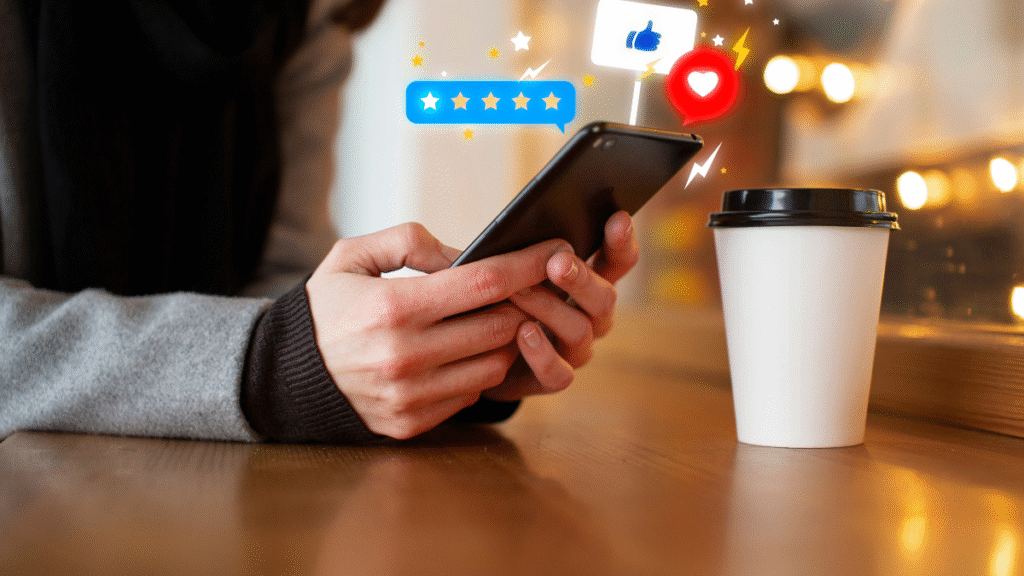In today’s competitive business landscape, retaining existing customers is just as important—if not more so—than acquiring new ones. With the cost of acquiring new customers rising, brands are investing more in customer loyalty solutions to build long-term relationships and increase repeat purchases. These solutions are designed not only to reward customers for their continued patronage but also to enhance the overall customer experience and brand affinity.
This article explores the most effective customer loyalty solutions, how they work, and why businesses of all sizes should integrate them into their growth strategies.
What Are Customer Loyalty Solutions?
Customer loyalty solutions refer to tools, strategies, and technologies businesses use to encourage repeat business by recognizing and rewarding loyal customers. These can range from traditional punch-card systems to sophisticated, AI-powered loyalty platforms.
They are usually integrated into a company’s CRM or marketing software and help track customer behavior, segment audiences, automate rewards, and personalize communication. The goal is simple: create positive brand experiences that keep customers coming back.
Why Customer Loyalty Matters
Loyal customers spend more, stay longer, and are more likely to recommend your brand to others. Here are some statistics that show the power of customer loyalty:
- A 5% increase in customer retention can increase profits by 25% to 95%.
- Loyal customers are 4x more likely to refer others.
- It costs 5–7 times more to acquire a new customer than to retain an existing one.
Given these benefits, implementing strong customer loyalty solutions is a smart investment for sustainable growth.
Types of Customer Loyalty Solutions
There are multiple types of customer loyalty solutions tailored to different industries and customer preferences. Here are the most common types:
1. Point-Based Loyalty Programs
Customers earn points for each purchase, which they can redeem for discounts, freebies, or gifts. This system is simple, scalable, and widely adopted by retail, food, and e-commerce businesses.
2. Tiered Loyalty Programs
Customers are grouped into tiers based on their activity or spending levels. Higher tiers offer more attractive benefits. This encourages customers to spend more to unlock exclusive rewards.
3. Subscription-Based Programs
Customers pay a recurring fee to access premium benefits such as free shipping, priority service, or exclusive products. Amazon Prime is a classic example of this model.
4. Cashback Programs
Shoppers receive a percentage of their purchase amount back as cash or store credit, which motivates repeat purchases and larger order sizes.
5. Gamified Programs
By integrating games, challenges, and competitions, these programs make the reward process fun and engaging, increasing customer interaction with the brand.
6. Partnership or Coalition Programs
Brands collaborate with other companies to offer shared rewards across multiple platforms, expanding value for customers and exposure for partners.
Key Features of Modern Customer Loyalty Solutions
Modern loyalty platforms go beyond rewards and focus on delivering a personalized customer experience. Effective solutions often include:
- CRM Integration: Tracks customer data and purchase history
- Omnichannel Capabilities: Works across mobile apps, websites, and in-store
- Personalized Offers: AI-driven recommendations based on preferences
- Referral Programs: Rewards for bringing in new customers
- Analytics Dashboard: Performance tracking and ROI measurement
A successful loyalty system allows for seamless integration with your marketing tools and e-commerce platforms for real-time engagement.
Benefits of Customer Loyalty Solutions
- Increased Customer Retention
Rewarding customers makes them feel valued, increasing the likelihood of repeat business.
- Higher Customer Lifetime Value (CLTV)
Loyal customers tend to spend more over time, improving long-term profitability.
- Brand Advocacy
Satisfied and engaged customers are more likely to refer friends and share positive reviews.
- Actionable Customer Insights
Loyalty solutions provide data on customer behavior, allowing businesses to tailor campaigns effectively.
- Competitive Advantage
A well-executed loyalty program can differentiate your brand in a crowded market.
Customer Loyalty Program Integration
One of the most impactful ways to implement loyalty strategies is through a well-designed Customer Loyalty Program. These programs go beyond offering discounts—they create a sense of belonging and recognition for your customers.
For example, a retail brand can offer exclusive early access to sales or personalized birthday gifts. A SaaS company might provide extended support hours or onboarding help for loyal subscribers. The key is to match the reward with what the customer values most.
Examples of Brands Using Loyalty Solutions Effectively
- Starbucks Rewards: A mobile-based program that offers points (Stars) for purchases, redeemable for drinks and food. It also includes personalized offers based on user preferences.
- Sephora Beauty Insider: Uses a tiered program offering different rewards and experiences depending on customer spending, encouraging higher purchases.
- Flipkart Plus: Offers early access to sales and free delivery for loyal shoppers, building customer stickiness in the Indian e-commerce market.
Challenges in Implementing Loyalty Programs
Despite their advantages, customer loyalty solutions can face several challenges:
- Complexity: Poorly designed programs can confuse users or go unused.
- Cost: Developing and maintaining a sophisticated system may require investment.
- Fraud and Misuse: Points or rewards can be abused without proper tracking.
- Saturation: With many brands offering loyalty programs, standing out can be difficult.
To overcome these issues, businesses must focus on simplicity, transparency, and personalization.
Future Trends in Customer Loyalty Solutions
As consumer expectations evolve, loyalty programs are becoming more intelligent and experience-focused. Future trends include:
- AI-Powered Personalization: Tailoring offers in real-time based on customer behavior.
- Blockchain for Transparency: Secure and tamper-proof reward systems.
- Sustainability-Based Rewards: Encouraging eco-conscious behavior through green rewards.
- Experience-Based Loyalty: Offering unique experiences instead of monetary rewards.
By staying ahead of these trends, businesses can ensure their loyalty efforts remain relevant and effective.
Conclusion
In an age where customer expectations are higher than ever, implementing the right customer loyalty solutions can make a lasting impact on retention, revenue, and brand reputation. Whether you’re a small business or a multinational brand, a well-designed loyalty strategy will help you nurture long-term customer relationships and foster a community around your products or services.
Remember, the best customer loyalty solutions are those that combine emotional engagement with tangible rewards. When customers feel recognized and appreciated, they’re more likely to return—and bring others with them.







